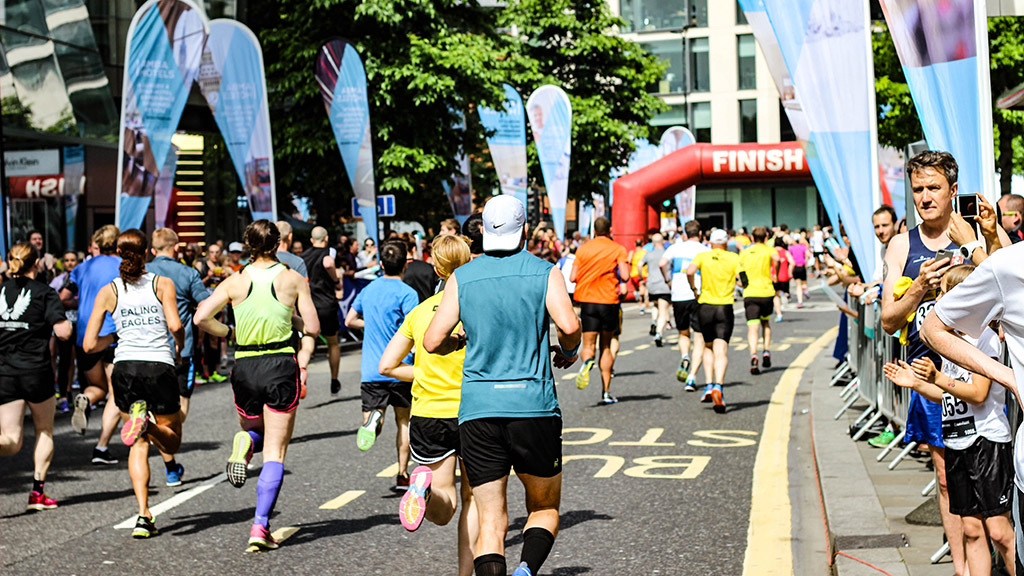Sports tourism increased by over 40% in seven years
Canary Islands, Catalonia, Andalusia and Valencia, the regions with greatest potential
Sports tourism is an opportunity to add value to a sector that generated 178 billion euros nationwide, accounting for 14.6% of Spain's GDP. The Canary Islands, Catalonia, Andalusia and Valencia are the regions with the greatest potential to become consolidated as sports hubs, a specialization that generates quality employment, reduces the negative externalities of low-cost tourism and helps deseasonalize occupancy. In 2017, Spain drew over 10 million domestic and foreign tourists, generating revenue of 14 billion euros, an increase of 41.5% over 2010. The Costa Daurada under-18 football tournaments increased hotel occupancy by 85%, despite the bad Easter weather, according to data from Hosteltur. There's more: in Madrid, the economic impact of the Champions League final exceeded 60 million euros, proof of the success of passive sports tourism.
"Sports tourism is synonymous with quality of life and motivation, as well as sustainable growth", commented Nicole Kalemba, PhD and professor at the Faculty of Economics and Business at the Universitat Oberta de Catalunya (UOC). Kalemba, a member of the UOC's Internet Interdisciplinary Institute (IN3) research group NOUTUR (New Perspectives on Tourism and Leisure), has carried out an analysis of sports tourism and maintained that "the synergy between tourism and sport is a strategy that benefits the product", as it "increases the destination's competitive advantage, promotes socio-economic development in the region and lends the tourism brand added value".
Those who travel to practice sports, depending on their expertise, seek easy ways to reach their destination, good facilities, complementary activities and good weather, amongst other things. Consequently, a good tourist destination should have good transport links – "airports are key", according to the professor – and facilities and professional services. "Many town councils that opt for sports tourism work with the sector and with private initiatives because such investment has a positive impact on the town", said Kalemba, who warned that in this case it is essential to "create a tourist destination image and brand and tourism promotion strategies". In addition to the hotel and catering sector, professionals in other sectors, such as sports medicine, physical education and dietetics, also benefit.
"This type of tourism is undoubtedly an opportunity", commented the expert, who keeps a close eye on the sector and foresees its importance increasing. The list of examples is long. Forty-nine per cent of the 18,000 runners in the Zurich Marató de Barcelona were foreigners. Athletes travelled with an average of two companions each and spent 123 euros per person, per day. Golf is a different case in point. Spain is the second country in the world in number of foreign tourists coming to play golf. According to a Golf Business Partners report, golf contributes 564 million euros to the Spanish economy and generates 11,000 direct jobs, mostly in the Canary Islands, Balearic Islands, Catalonia and on the Costa del Sol. Other regions, such as the Costa Daurada, have become the pre-season training destination of choice for junior-level international football teams from the Netherlands and Germany, thanks to the high-quality sports facilities they offer. Things also look bright for passive sports tourism. Madrid hosted the Champions League final, and Barcelona continues to host the Conde de Godó tennis tournament, known as the Barcelona Open. Barcelona is also set to host this year's World Roller Games, featuring 11 roller sport disciplines, from 4 to 14 July.
Experts UOC
Press contact
-
Editorial department
